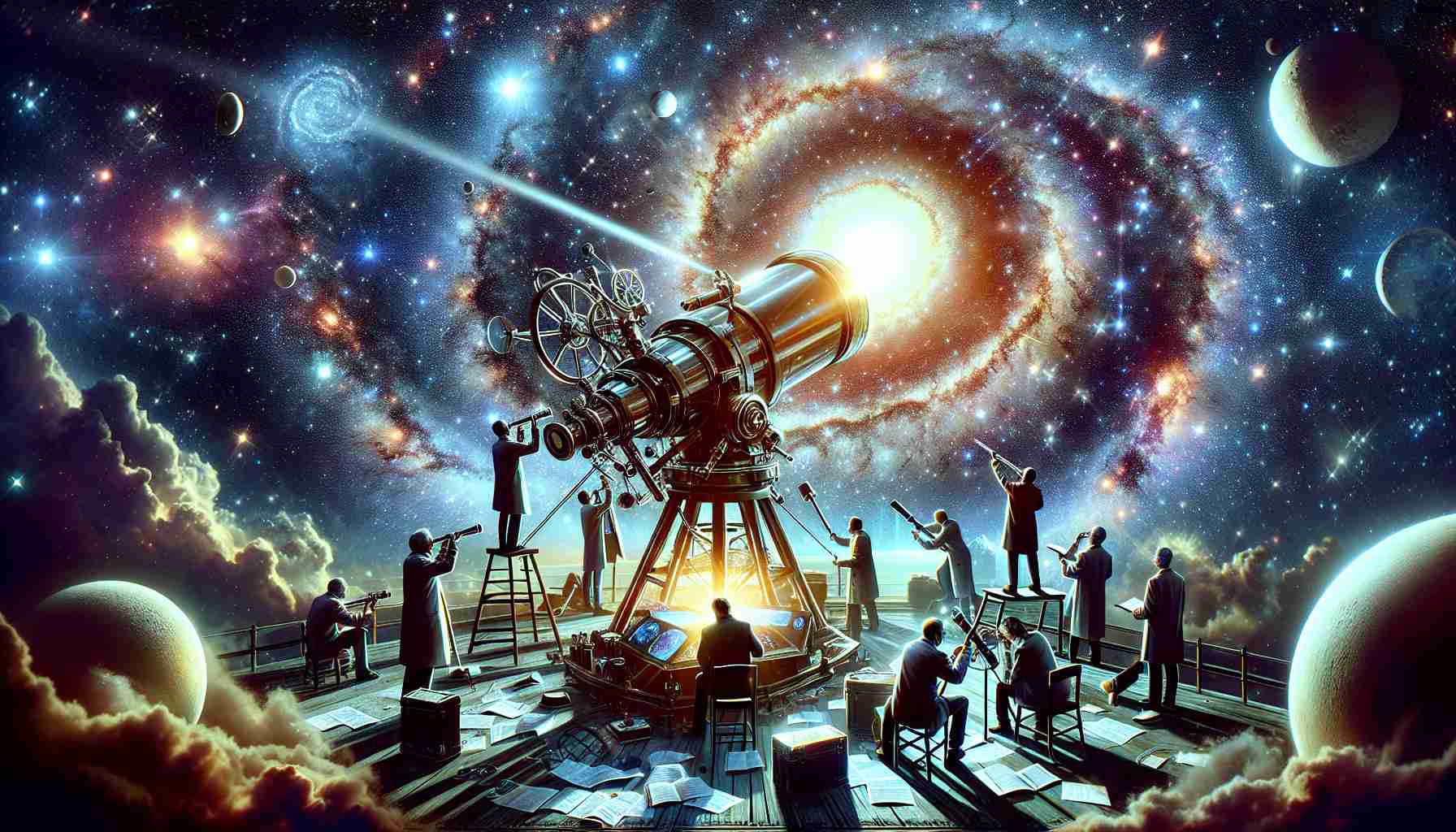Unveiling the Secrets of FCC 224: A Unique Galaxy

A team of researchers has made a groundbreaking discovery in the realm of astronomy. They have observed an ultra-diffuse galaxy known as FCC 224, located in the Fornax cluster, approximately 65 million light-years from Earth. This galaxy has revealed an unusual system of globular clusters, which are dense collections of stars. Using the Hubble Space Telescope (HST) and spectroscopic data from the Keck Cosmic Web Imager (KCWI), the researchers have gained valuable insights into the formation and evolution of FCC 224 and its star clusters. Their findings indicate a unique star formation history, characterized by a single-burst event. The globular clusters exhibit distinct characteristics in terms of mass, size, and brightness distribution, challenging existing theories about galaxy formation.
Overmassive Globular Cluster System Identified
The study, recently published on the arXiv pre-print server, reveals that FCC 224 is a quiescent ultra-diffuse galaxy, estimated to be around 10 billion years old. This galaxy has a major axis effective radius of approximately 6,160 light-years and a stellar mass of about 200 million solar masses. Researchers have identified 12 exceptionally bright globular clusters within FCC 224. Some of these clusters have absolute magnitudes around -9.0 mag, indicating their extraordinary brightness. The total mass of these clusters is estimated to be 3.8 million solar masses, which accounts for nearly 2 percent of the galaxy’s stellar mass. This figure is significantly higher than what is typically expected for a galaxy of this size. The presence of such luminous and overmassive globular clusters raises intriguing questions about the processes that led to their formation and the overall dynamics of FCC 224.
Distinctive Features of the Globular Clusters
The globular clusters in FCC 224 exhibit several distinctive features that set them apart from those found in other galaxies. According to reports from phys.org, these clusters closely resemble the galaxy’s diffuse starlight. They display a narrow color range and lack a significant color gradient, suggesting that FCC 224 experienced a single, intense period of star formation. This finding implies that the galaxy’s stellar population formed in a relatively short time frame, leading to the unique characteristics observed in the globular clusters. Additionally, the clusters are relatively small, with half-light radii ranging from 7.8 to 15.6 light-years. The population of globular clusters appears to be radially mass-segregated, meaning that brighter clusters are concentrated toward the center of the galaxy. This distribution pattern provides further evidence of the galaxy’s complex formation history and the interplay between its stellar components.
Implications and Future Research
The findings from the study of FCC 224 have significant implications for our understanding of galaxy formation and evolution. The unusual globular cluster system challenges conventional expectations and raises important questions about the processes that govern the development of such galaxies. The research team has suggested that further theoretical studies are necessary to explain the origins of these distinctive properties. Understanding the role these globular clusters play in the evolution of FCC 224 could provide valuable insights into the broader mechanisms of galaxy formation. Future research may focus on comparing FCC 224 with other galaxies to identify common patterns and differences in globular cluster systems. This ongoing investigation will enhance our understanding of the universe and the diverse structures within it.
Observer Voice is the one stop site for National, International news, Sports, Editor’s Choice, Art/culture contents, Quotes and much more. We also cover historical contents. Historical contents includes World History, Indian History, and what happened today. The website also covers Entertainment across the India and World.

